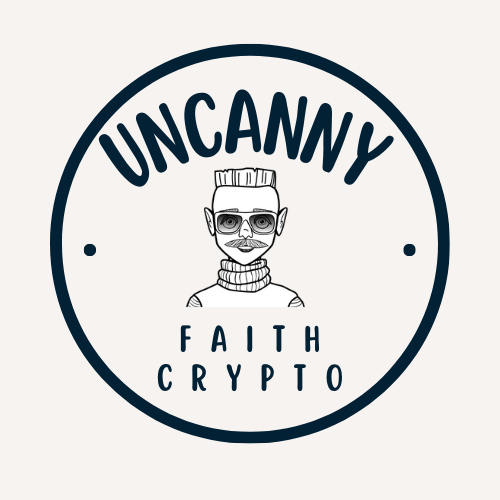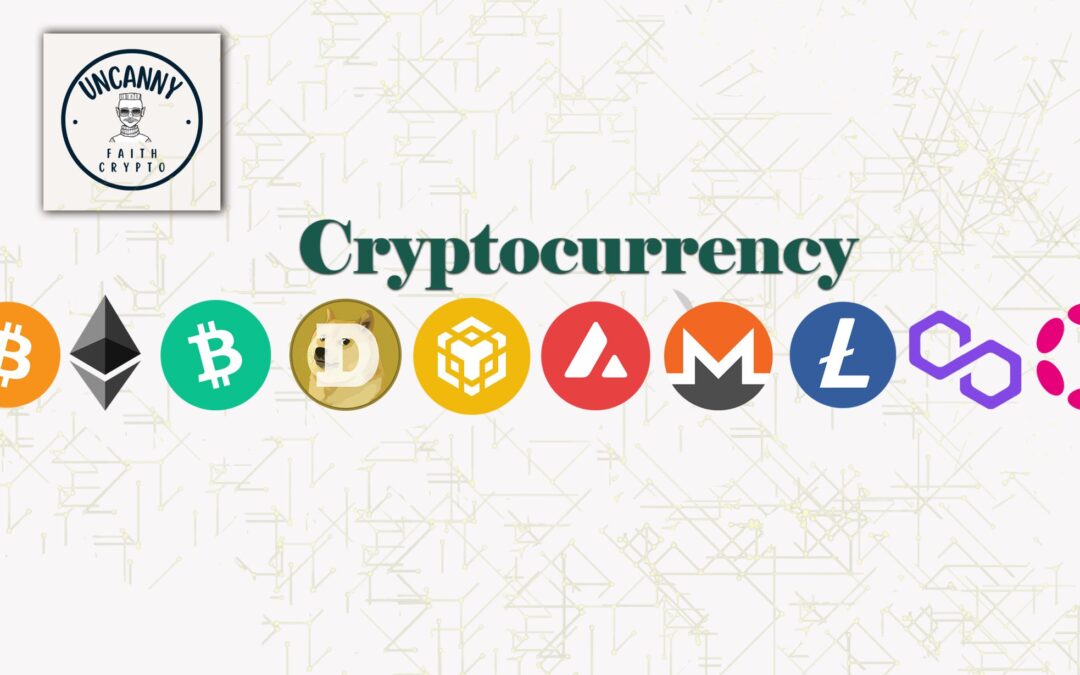Over the past few years, the cryptocurrency space has become a fertile ground for innovation, disruption, and intrigue—and Solana is no exception. In what can only be described as a meteoric rise, Solana has emerged as one of the most talked-about players in the blockchain and cryptocurrency ecosystem. From its jaw-dropping transaction speeds to its growing community of developers and investors, Solana is making waves and garnering admiration across the tech space. But what exactly is behind the Solana hype? What makes it stand out amidst a sea of competing blockchain projects? Let’s dive deep into this phenomenon, piece by piece.
What is Solana?
Let’s start with the basics. Solana is a blockchain platform designed to host decentralised applications (dApps) and cryptocurrencies. At its core, Solana provides a scalable infrastructure that can handle thousands of transactions per second, all while keeping costs low and maintaining decentralisation.
The project was officially launched in 2020 by Anatoly Yakovenko, a former Qualcomm engineer, who envisioned solving the blockchain trilemma: scalability, security, and decentralisation. Solana’s technology hinges on its revolutionary Proof-of-History (PoH) consensus mechanism, which we’ll discuss later.
In just a few years, Solana has steadily climbed the ranks, placing itself among top blockchain contenders like Ethereum and Binance Smart Chain. From hosting burgeoning NFT markets to powering DeFi protocols, Solana’s ecosystem is expanding at a staggering pace.
Why is Solana Gaining Attention?
While numerous blockchains have entered the cryptocurrency space, few have captured the level of attention that Solana enjoys. Its growth isn’t just a result of hype—it’s grounded in several compelling technical, economic, and community-driven factors.
1. Blazing Transaction Speeds
One of Solana’s biggest selling points is its transaction speed. Solana can process up to 65,000 transactions per second (TPS), making it one of the fastest blockchains in existence. To put this into perspective, Ethereum processes around 15-30 TPS on its current Proof-of-Work consensus mechanism, and Visa handles around 24,000 TPS globally. This efficiency means that Solana is not just competing with other blockchains but is also gunning for traditional payment systems.
But how does Solana manage this? The secret lies in its Proof-of-History (PoH). Unlike Proof-of-Work (used by Bitcoin) or Proof-of-Stake (used by Ethereum 2.0), PoH timestamps transactions in a sequence, creating an immutable order of events. By eliminating the need for constant communication between nodes, the system can handle immense throughput without sacrificing security.
2. Extremely Low Fees
Another key advantage of Solana is its incredibly low transaction costs. Imagine paying less than $0.01 per transaction, regardless of the amount you’re transferring or the dApp you’re interacting with.
This puts Solana in stark contrast to Ethereum, which, during moments of network congestion, often suffers from exorbitant “gas fees,” making smaller transactions effectively impossible.
With these low-fee mechanics, Solana has not only attracted retail investors but also dApp developers who need an affordable platform for hosting their solutions.
3. Thriving Ecosystem of dApps
From DeFi to NFTs, Solana’s ecosystem is thriving, perhaps rivalled only by Ethereum. Whether it’s Solana-based NFT marketplaces like Magic Eden or DeFi protocols like Serum and Raydium, developers are flocking to Solana for its scalability and affordability.
One of Solana’s flagship NFT launches, Degenerate Ape Academy, gained incredible traction in 2021, selling out in just a few minutes. The success of projects like these has helped establish Solana as a serious contender in the cultural and financial space of blockchain technology.
4. Backed By Big Players
Behind Solana’s success lies a host of influential backers and investors. Andreessen Horowitz (a16z), one of the world’s most prominent venture capital firms, has shown strong interest in the blockchain space and has invested in Solana-based projects. Similarly, Alameda Research and other established names have contributed to Solana’s rise, both in funding and utilities.
Having such significant institutional backing has brought legitimacy to Solana, encouraging widespread adoption. These endorsements have also given the general public confidence in the platform’s potential longevity.
Is Solana the “Ethereum Killer”?
Solana is often dubbed the “Ethereum Killer” because of its near-instant speeds, drastically lower fees, and support for smart contracts and dApps—which are traditionally Ethereum’s fortes.
So, does Solana threaten Ethereum’s dominance?
The answer is nuanced. On one hand, Solana appears superior in performance metrics, yet Ethereum has advantages that Solana is still striving to match. Ethereum boasts a larger developer community, more substantial market capitalisation, and a first-mover advantage.
That said, Solana has carved its own niche. Instead of attempting to completely replace Ethereum, it thrives in areas where Ethereum falters: high-speed transactions and cost-efficiency. It’s positioning itself as the blockchain for mainstream adoption, whereas Ethereum still leans towards crypto-native developers and enterprises.
Behind the Hype: Challenges and Criticism
While Solana’s rise has been impressive, it hasn’t come without challenges. No blockchain is without its hurdles, and Solana is no exception.
1. Network Outages
Despite its claims of high reliability, Solana’s network has experienced multiple outages—often lasting hours at a time. Such downtimes have raised concerns about network stability. Critics argue that if Solana wants to truly rival Ethereum, it must ensure consistent reliability.
2. Centralisation Concerns
One of the most significant criticisms against Solana is its relative centralisation. Due to its high-hardware requirements, only a limited number of validators can participate in securing the network. This has sparked concerns that Solana prioritises speed over decentralisation, potentially compromising blockchain’s core principle of trustless systems.
3. The Road Ahead
As fast as Solana’s rise has been, maintaining momentum in the competitive blockchain landscape may prove daunting. Networks like Ethereum, Cardano, and Polkadot are also evolving rapidly, each with its own compelling use cases and innovations.
Why Should You Care About Solana?
At this point, you may be wondering: why should I even care about Solana? Isn’t it just another blockchain buzzword?
Here’s why Solana could matter to you:
-
- Investors: Solana offers impressive returns, although the market is volatile and rife with risk. If you’re an investor, Solana is worth keeping an eye on as part of a diversified crypto portfolio.
-
- Developers: If you’re a developer, Solana provides a scalable and cost-effective platform to build dApps without being throttled by high fees.
-
- Entrepreneurs & Users: For those entering the Web3 space, Solana’s affordability and speed open new opportunities—whether launching an NFT collection or creating a decentralised finance application.
Quick Actionable Tips for Getting Started with Solana
Looking to get involved in the Solana ecosystem? Here’s how to begin:
-
- Set Up a Wallet: Popular Solana wallets include Phantom, Sollet, and Solflare. These are user-friendly and can help you store SOL tokens.
-
- Learn to Stake: You can earn passive income by staking SOL with validators.
-
- Explore Projects: Visit Solana-powered dApp directories to discover NFT marketplaces, games, or DeFi projects.
-
- Educate Yourself: Familiarise yourself with Solana’s key features and upgrades by visiting resources like Solana Documentation.
FAQs About Solana
1. Is Solana Better Than Ethereum?
While Solana offers faster transaction speeds and lower fees, Ethereum remains more decentralised and has a larger ecosystem. Whether one is “better” depends on your specific needs.
2. What Are the Main Use Cases of Solana?
Solana supports a variety of use cases, including DeFi, NFTs, payments, but its primary strength lies in real-time financial applications.
3. How Do You Buy Solana (SOL)?
You can buy SOL tokens on popular exchanges like Binance, Coinbase, and Kraken. Simply fund your account, search for SOL, and trade.
4. Is Solana Safe to Use?
Solana is generally considered safe, but like any investment, it’s subject to risks. Always do your research before committing funds.
Final Thoughts: A Blockchain Built for Tomorrow
Solana’s shocking rise to prominence is no mere accident. Its blend of speed, affordability, and scalability makes it a genuine contender in the blockchain space. But whether or not it can sustain its momentum remains to be seen.
For now, one thing is clear: Solana has captured the world’s attention and holds the potential to shape the future of blockchain technology. Whether you’re an investor, developer, or just an enthusiast, this is one blockchain worth watching closely. After all, the race to mass adoption has only just begun.

